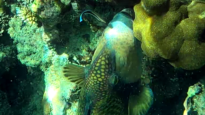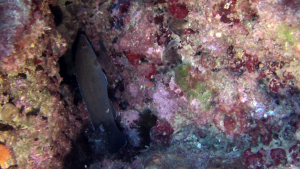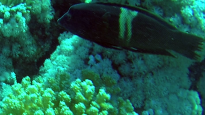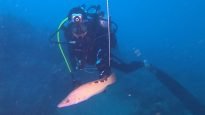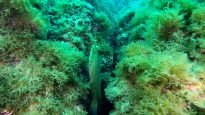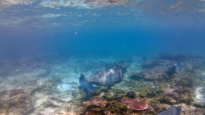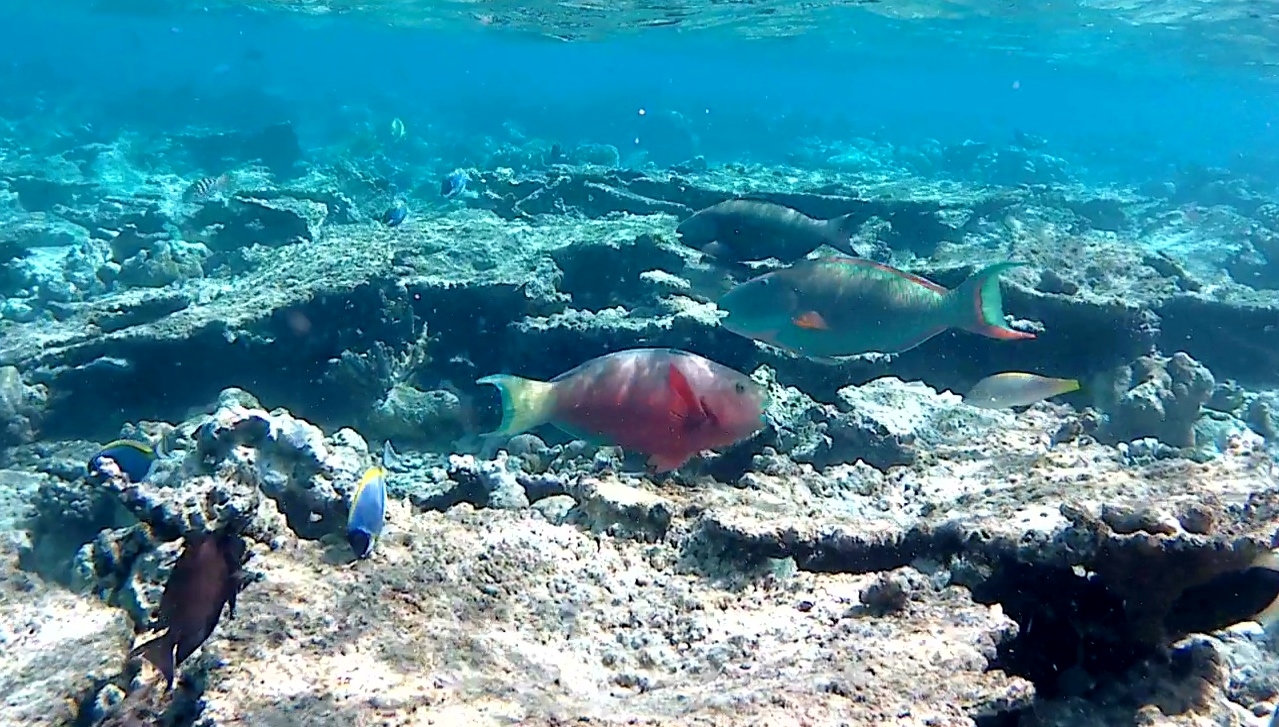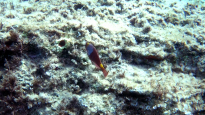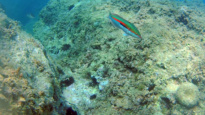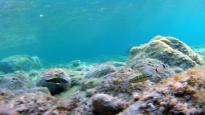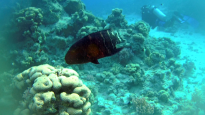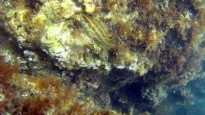Wrasses - Labridae
Bluestreak cleaner wrasse - Labroides dimidiatus
Brown wrasse - Labrus merula
Coris aygula
Cuckoo Wrasse - Labrus mixtus
Green Wrasse - Labrus viridis
Humphead wrasse - Cheilinus undulatus
Pesci Pappagallo - Scaridae
Mediterranean Parrotfish - Sparisoma cretense
Rainbow Wrasse - Coris Julis
Thalassoma pavo - Donzella pavonina
Tordo Gola Rossa - Cheilinus fasciatus
Tordo Verde - Symphodus roissali
Family Labridae Cuvier, 1816 includes 520 species of marine bony fish belonging to the order Perciformes. Labridi Labridae Wrasses Perciformes intotheblue.it

Distribution and habitat
This large family is cosmopolitan but has its greatest diversity in tropical waters of the Pacific and Indian Oceans. Nevertheless there are also in temperate and cold waters in Europe meet to northern Norway. The Mediterranean Sea is very rich in wrasses and also has a number of endemic species.
They are strictly common inshore fish especially in the infralittoral and, with a few species, in that circalittoral. Populate especially coral reefs and hard surfaces in general, often where there is a certain coverage of algae. The species belonging to the genus Cymolutes and comb though fish live on sandy bottoms.
Description
The wrasses have a remarkably varied as form appearance, size and plumage. Generally have an eye-catching pair of lips protractile and many species have teeth relatively large, shaped incisors or canines. The dorsal fin is unique, made up of spiny rays in the first part. The anal fin is shorter and takes only a few spines. The caudal fin is never really biloba but straight edge or round. The scales are often quite large.
The coloration of these fish is usually very lively and extremely variable between species, sexes, ages and individuals.
The size of these fish are usually very modest, very often around 10 cm or less, the largest species is the Indo-Pacific Cheilinus undulatus which can in rare cases, exceed two meters in length.
Biology Behavior
These are species more or less benthic or demersal, usually daytime. Most of the species swims in small schools, or is lonely.
Supply
They are carnivorous and prey on fish especially benthic invertebrates, even in hard shell that break with robust teeth of which are provided.
Some species such Labroides Dimidiatus tropical or symphodus melanocercus, Mediterranean, clean up the other fish from parasites.
Reproduction
Many wrasses have a complex sex-change mechanism: all individuals are born with a primary livery (which is usually thought to be “feminine”), these individuals can be male or female. Females in primary livery may change sex and take then the secondary livery ( “male”). The eggs are pelagic or deposited on the bottom.
| Females in primary livery may change sex and take then the secondary livery ( “male”) | |

